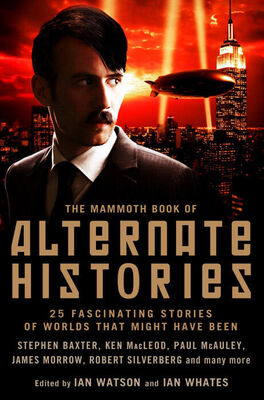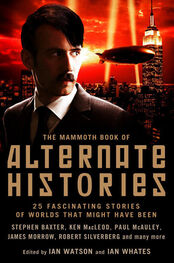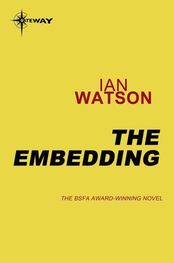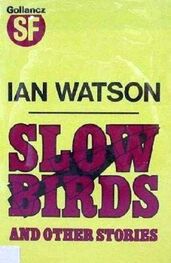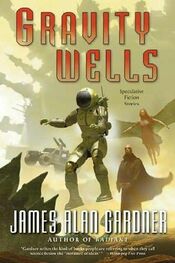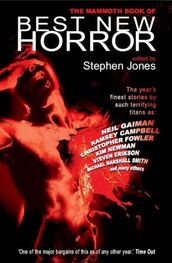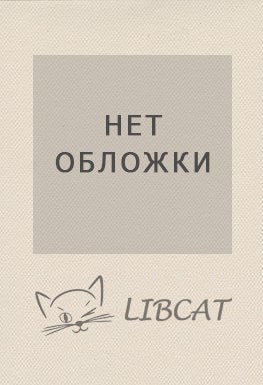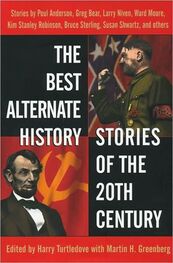All this was a long time ago, the voyage of the Beagle nearly 200 years past. But the Church thought in centuries, and was now exacting its revenge.
Alicia had volunteered to participate in this trial as an honour to her uncle, just as Mary had. Mary had imagined it would all be something of a formality. Yet the girl seemed slim, frail, defenceless standing there before the threatening row of theocrats before her — men who, Mary reminded herself uneasily, literally had the power of life and death over Alicia. Once, during the course of the questioning, Alicia glanced over at Mary, one of the few women in the room. Mary deliberately smiled back. No, I don’t know what the hell we’ve got ourselves into here either, kid.
At last it ended for the day. Alicia had to glance over and sign the clerk’s handwritten transcript of the session. She was ordered not to leave without special permission, and sworn to silence. She looked shocked when she was led away to a cell, somewhere in the crypt warren.
Mary stood. “She wasn’t expecting that.”
Xavier murmured, “Don’t worry. It’s just routine. She’s not a prisoner.”
“It looked like it to me.”
“Darwin will be found guilty of defying that long-ago injunction, of course. But Alicia will be asked only to abjure her uncle’s actions, and to condemn the book. A slap on the wrist—”
“I don’t care right now. I just want to get out of this place. Can we go?”
“Once the Reverend Fathers have progressed. ” He bowed as Boniface Jones and the others walked past, stately as sailing ships in their black robes.
Mary got a good turn-out for her sermon in the cathedral the next day.
She’d titled it “Galileo, Einstein and the Mystery of Transubstantiation” — a provocative theme that had seemed a good idea from the other side of the world. Now, standing at the pulpit of St Paul’s itself, dwarfed by the stonework around her and facing rows of calm, black-robed, supremely powerful men, she wasn’t so sure.
There in the front row, however, was Anselm Fairweather, Alicia Darwin’s lawyer. He looked bright, with an engaging, youthful sort of curiosity that she felt she’d seen too little of in England. Xavier Brazel sat beside him, faintly sinister as usual, but relatively sane, and relatively reassuring.
For better or worse, she was stuck with her prepared text. “I’m well aware that to most churchmen and perhaps the lay public the philosophical career of Galileo, in astronomy, dynamics and other subjects, is of most interest for the period leading up to his summons to Rome in 1633 to face charges of heresy concerning his work regarding the hypothetical motion of the Earth — charges which, of course, were never in the end brought. But to a historian of natural philosophy such as myself it is the legacy of the man’s work after Rome that is the most compelling…”
Nobody was quite sure what had been said to Galileo, by Pope Urban himself among others, in the theocratic snake-pit that was seventeenth-century Rome. Some said the Tuscan ambassador, who was hosting Galileo in Rome, had somehow intervened to soothe ruffled papal feathers. Galileo had not faced the humiliation of an Inquisition trial over his Copernican views, or, worse, sanctions afterwards. Instead, the increasingly frail, increasingly lonely old man had returned home to Tuscany. In his final years he turned away from the astronomical studies that had caused him so much trouble, and concentrated instead on “hypotheses” about dynamics, the physics of moving objects. This had been an obsession since, as a young man, he had noticed patterns in the pendulum-like swinging of church chandeliers.
“And in doing so, even so late in life, Galileo came to some remarkable and far-reaching conclusions.”
Galileo’s later work had run ahead of the mathematical techniques of the time, and to be fully appreciated had had to be reinterpreted by later generations of mathematicians, notably Leibniz. Essentially Galileo had built on common-sense observations of everyday motion to build a theory that was now known as “relativity”, in which objects moved so that their combined velocities never exceeded a certain “speed of finality”. All this properly required framing in a four-dimensional spacetime. And buried in Galileo’s work was the remarkable implication — or, as she carefully said, an “hypothesis” — that the whole of the universe was expanding into four-dimensional space.
These “hypotheses” had received confirmation in later centuries. James Clerk Maxwell, developing his ideas about electromagnetism in the comparatively intellectually free environment of Presbyterian Edinburgh, had proved that Galileo’s “speed of finality” was in fact the speed of light.
“And later in the nineteenth century, astronomers in our Terra Australis observatories, measuring the Doppler shift of light from distant nebulae, were able to show that the universe does indeed appear to be expanding all around us, just as predicted from Galileo’s work.” She didn’t add that the southern observatories, mostly manned by Aboriginal astronomers, had also long before proved from the parallax of the stars that the motion of the Earth around the sun was real, just as Galileo had clearly believed.
Finally she came to transubstantiation. “In the thirteenth century Thomas Aquinas justified the mystery of the Eucharist — how a communion host can simultaneously be a piece of bread and the flesh of Christ — using Aristotle’s physics. The host has the outer form of bread but the inner substance of Christ. It’s now more than a century since the Blessed Albert Einstein, then a mere clerk, showed that the transformation of bread to flesh could be described by means of a four-dimensional Galilean rotation, invisible to our senses. And I believe that a Vatican committee is considering accepting this interpretation as orthodoxy, a second Scholasticism. But all this stems from Galileo’s insights…”
She had often wondered, she concluded, if Galileo’s attention had not been focused on his dynamics work by his brush with the authorities — or, worse, if he had been left exhausted or had his life curtailed by their trial and sentencing — perhaps the discovery of relativity might have been delayed centuries.
She was greeted by nods and smiles, from churchmen accepting as justification for their central mystery the wisdom of a man they had come close to persecuting, four centuries dead.
At the end of the Mass Xavier and Anselm Fairweather approached her. “We could hardly clap,” Xavier said. “Not in church. But your sermon was much appreciated, Lector Mason.”
“Well, thank you.”
Anselm said, “Points in your talk sparked my interest, Lector. Have you ever heard of the Lyncean Academy? Named for the lynx, the sharpest-eyed big cat. It was a group of free-thinking scholars, founded in Galileo’s time to combat the Church’s authority in philosophy. It published Galileo’s later books. After Galileo it went underground, but supported later thinkers. It defended Newton at his excommunication trial, and protected Fontenelle, and later helped Darwin flee to Scotland…”
She glanced at the churchmen filing out ahead of her. Xavier’s impassive face carried an unstated warning. “Is there something you want to tell me, Mr Fairweather?”
“Look, could we speak privately?”
Once out of the cathedral, she let Anselm lead her away. Xavier clearly did not want to hear whatever conversation Anselm proposed to have.
They walked down Blackfriars to the river, and then west along the Embankment. Under grimy iron bridges the Thames was crowded with small steam-driven vessels. The London skyline, where she could see it, was low and flat, a lumpy blanket of poor housing spread like a blanket over the city’s low hills, pierced here and there by the slim spire of a Wren church. The city far dwarfed Cooktown, but it lay as if rotting under a blanket of smoky fog. In the streets there seemed to be children everywhere, swarming in this Catholic country, bare-footed, soot-streaked and ragged. She wondered how many of them got any schooling — and how many of them had access to the medicines shipped over from the Pasteur clinics in Terra Australis to the disease-ridden cities of Europe.
Читать дальше